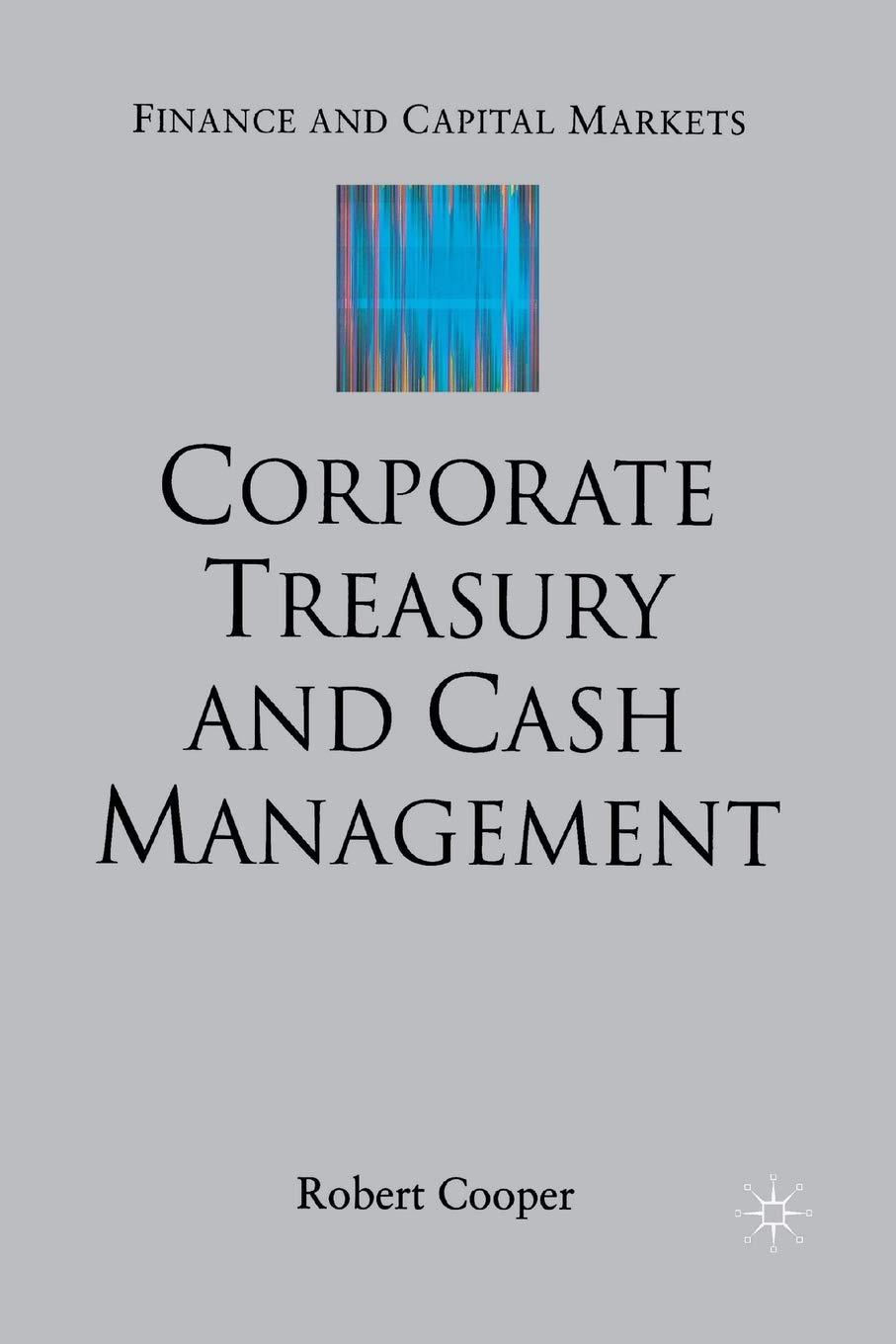
e price of an American put option on a non-dividend paying stock is $3.00. The underlying ck price is currently at $28.00, the strike price of the option is $24 and the expiration date the option is 7 months. It is known that a dividend of $3 on the underlying stock is to be paid 5 months' time. The risk-free rate of interest is 8% p.a. continuous compounding for all aturities. Assume that traders can borrow or lend at the risk-free rate, can buy and short-sell ares of the underlying stock if necessary, and do not face any transactions costs. quired: Derive upper and lower bounds for the price of an American call option on the same stock with the same strike price and expiration date using the put-call parity condition for American options. (4 marks) If the American call option in part (i) trades in the market for $3.00, state how you would exploit any arbitrage opportunity (if any). Also explain why it is an arbitrage by showing the initial and future cash flows from the strategy. Assume that all the other positions are sold when any of the options is exercised. Hint: Note that there are 4 possible scenarios for early exercises of the American options - i) neither of the American options is exercised early, ii) the American put is exercised before the dividend is paid out, iii) the American put is exercised after the dividend is paid out, and iv) the American call is exercised right before the dividend payment. Note also that it is the buyer's decision to exercise a bought option early. (20 marks) e price of an American put option on a non-dividend paying stock is $3.00. The underlying ck price is currently at $28.00, the strike price of the option is $24 and the expiration date the option is 7 months. It is known that a dividend of $3 on the underlying stock is to be paid 5 months' time. The risk-free rate of interest is 8% p.a. continuous compounding for all aturities. Assume that traders can borrow or lend at the risk-free rate, can buy and short-sell ares of the underlying stock if necessary, and do not face any transactions costs. quired: Derive upper and lower bounds for the price of an American call option on the same stock with the same strike price and expiration date using the put-call parity condition for American options. (4 marks) If the American call option in part (i) trades in the market for $3.00, state how you would exploit any arbitrage opportunity (if any). Also explain why it is an arbitrage by showing the initial and future cash flows from the strategy. Assume that all the other positions are sold when any of the options is exercised. Hint: Note that there are 4 possible scenarios for early exercises of the American options - i) neither of the American options is exercised early, ii) the American put is exercised before the dividend is paid out, iii) the American put is exercised after the dividend is paid out, and iv) the American call is exercised right before the dividend payment. Note also that it is the buyer's decision to exercise a bought option early. (20 marks)







